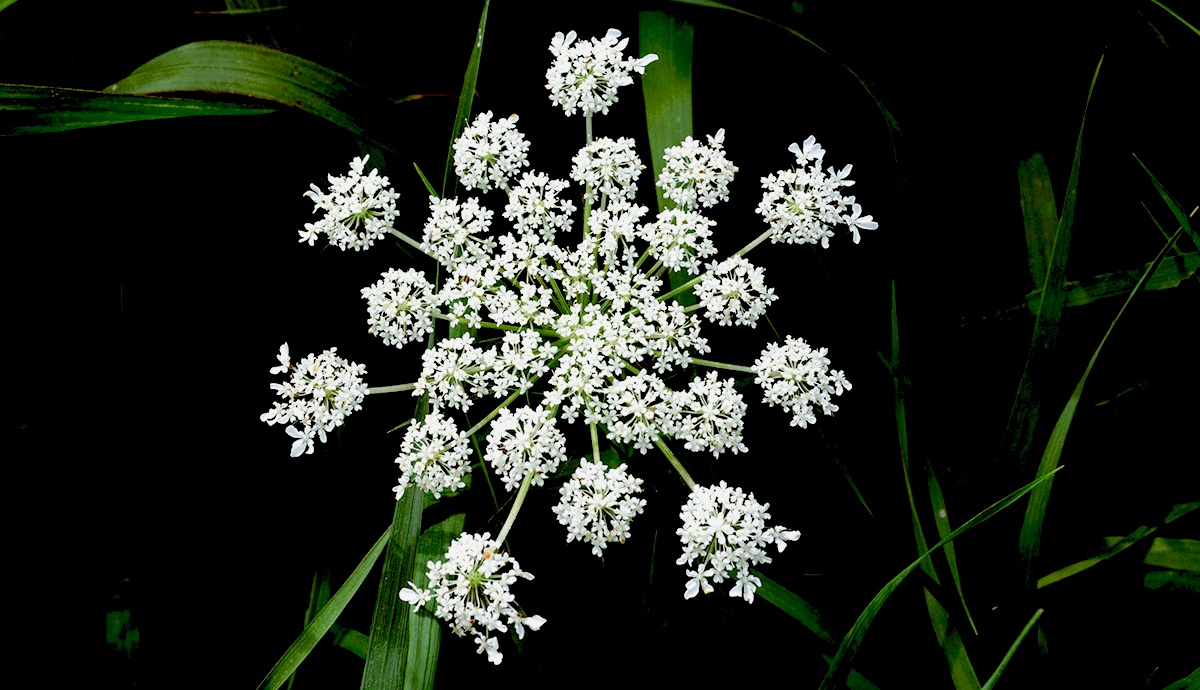3.
It makes sense that the Roosevelt Baths & Spa would take advantage of Saratoga’s waters. Their mineral content is unusually rich with carbon dioxide and potassium iodide once said to relieve constipation, acid reflux, and—when the sulfuric fumes are inhaled—sinus congestion. A small pump sits in the middle of a park where, if they believe, visitors can drink. But the water is putrid, like foot fungus or past-expiration-date eggs. What we’ll do for longevity! The Spa resembles a one-level barracks, the treatment room hospital-green. Four decades ago, a white-coated technician escorted her inside, filled a tub and abruptly departed. The water was nauseating, scalding, and tinged with blue. She sat there and pretended to be healing till the technician returned, all business: Face down. Face up. Fifteen minutes of chop chop, knead, slap, ruffle of hair. The massage felt like an afterthought—Too much oil left an amber stain on her favorite shirt. Despite this, she tipped the young man and thought to herself: Do not go furious into that dysfunctional day.
2.
A hangnail on the masseuse’s left hand is a flaw marring every touch. Even at Ten Thousand Waves in the Sangre de Cristo Mountains, surrounded by pinyons, burbling water, and piped-in bamboo flute music—the nail is what she remembers. In the midst of otherwise physical pleasure her mind homes in on what is wrong. No point in complaining to the masseuse or the friend who granted her this gift. She tries a shift in perspective: Wabi-sabi is part of her aesthetic. The imperfection makes the massage beautiful. After all, every apple has its seeds, and every seed has its cyanide. Even Queen Anne’s Lace has a purple stain in the center of the umbel. As the story goes, the Queen was an expert lace-maker, who purposely pricked her finger with a needle, permitting a drop of blood to spill upon the handiwork. Of course. A little something to remind her that even beauty is wounded, mortal.
1.
The table is warm, the sheets clean. The masseuse requests that you begin face up. First the right arm and hand: a long gliding stroke for the deltoids, biceps; each finger pulled from its crouch, each pad squeezed for an instant. Then the right leg: shin, knee, thigh, and an extended stay on the foot, with particular care for the arch, a lighter touch to avoid cramps. Then plantar, all five toes extended right and left, forward and back. Now hands under the wing bones, the body’s weight adding extra pressure on the spinal erectors. The muscles are heating up, the woman smoothing out. Flip to face down and the real work begins on neck, shoulder, upper back—the latissimus dorsi, trapezius, splenius cervicis. Significant use of petrissage and trigger point push particularly at the intersection of the lats and trapezius, directly under the scapula. This is a knotty area. The woman asks for more force, more time, till the pain finally makes her flinch. Then, in a sweet reversal touch, a postpartum, the masseuse gently arranges her into a fetal position. Embraces.



